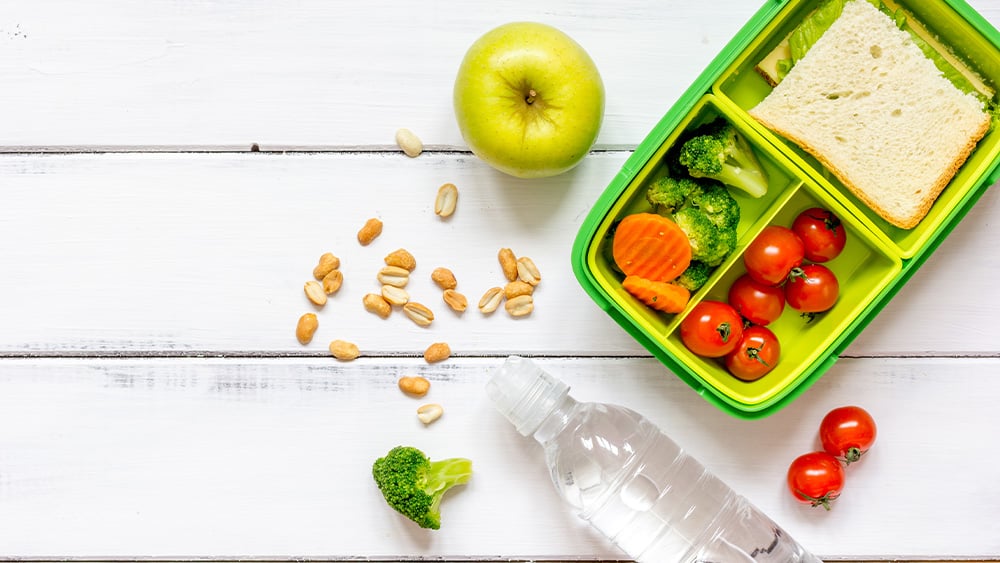Do you regularly give your child lunch money? How often do you budget for a midday coffee run? Many families debate on which option is better: buying or packing lunches and snacks. In honor of Weis Markets at Brunswick Crossing, we’re bringing you the pros and cons to homemade meals:
-
Pro: You have control over what you and your family eat if you pack lunches, instead of leaving it up to chance on the school district’s or office’s menu. You can opt for healthy options, like corn chips with hummus, sliced fruit, and cheese sticks, to ensure that everyone gets the necessary nutrients. This also guarantees that the lunch is allergen-free, which is vital if someone in your family has a sensitivity to gluten, nuts, or other condition.
-
Con: Bagged lunches can be time-consuming, so some parents prefer to budget for eating out once or twice a week within the grocery bill.
-
Pro: Packing lunch means less temptation to stop by the office vending machine or local convenience store. If your inner foodie avoids impulse buys, you can save a significant amount of money. In fact, The Guardian reported in 2013 that families can save an average of $1,600 by packing lunch every day for a year.
-
Con: Bagged lunches mean a few dirty dishes, whether it’s a cutting board or piles of Tupperware™. Thankfully, energy-efficient dishwashers make this chore easier.
-
Pro: Packing lunch gives you the opportunity to start a new family tradition. After dinner each worknight, take your little ones back to the kitchen to teach them how to create a healthy meal or about which groceries are in season. This activity also gets your child into a solid routine, which is great for teaching long-lasting organizational skills.
-
Con: Many parents get into a habit of packing what’s convenient. In fact, out of 5.5 billion packed lunches, only 1 percent of them “met the required nutritional standards for school meals,” according to a 2010 study. The same study found that only 19 percent of lunches contained vegetables, while 82 percent contained confectionaries or chips.
Because education systems have a concrete set of regulations dictating what they can and can’t serve (due to federal nutritional standards and food-related allergies), it’s more likely that your child will eat a healthy lunch in the cafeteria than from home. According to the U.S. Department of Agriculture, there are brand-new arrangements in the Healthy, Hunger-Free Kids Act for whole grains, yogurt smoothies, salad bars, and more to provide the best meals possible for every child.
If you’d like to see what’s on the menu for Brunswick Crossing’s local school district, check out the official menu. Frederick County Public Schools also offers updated nutrition information, MyPlate tips, a healthy recipe of the month, and more resources. You can find everything here.
- Pro: When you give your child lunch money, you run the risk that he or she will spend it on other items, like trading cards or fast food. By packing a lunch full of superfoods, you can ensure that they perform better academically, avoid depression and weight gain, reduce cholesterol, regulate blood sugar levels, and more. A healthy body and mind are worth more than a trading card.
Truthfully, the decision depends on the preferences of your family. If you’d like to control what your child eats, and you have a few minutes to spare, then packing lunch could be a better choice. If you’d rather rely on the menu at your child’s school and forgo dirty dishes, buying lunch is the way to go.



